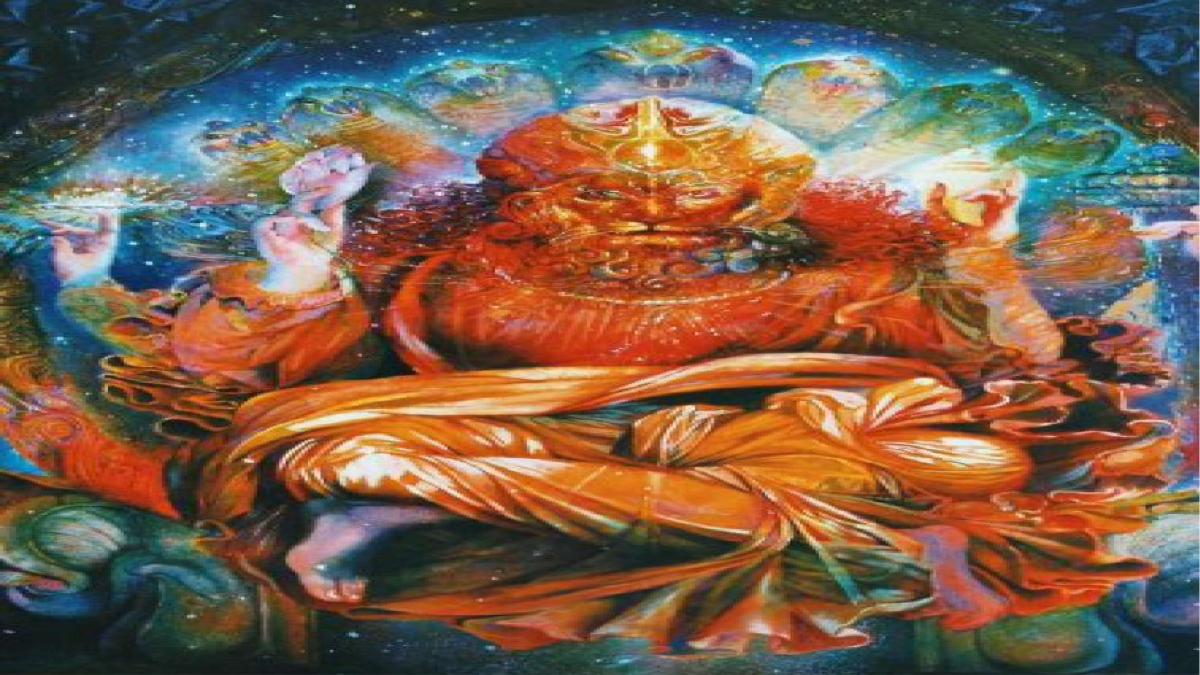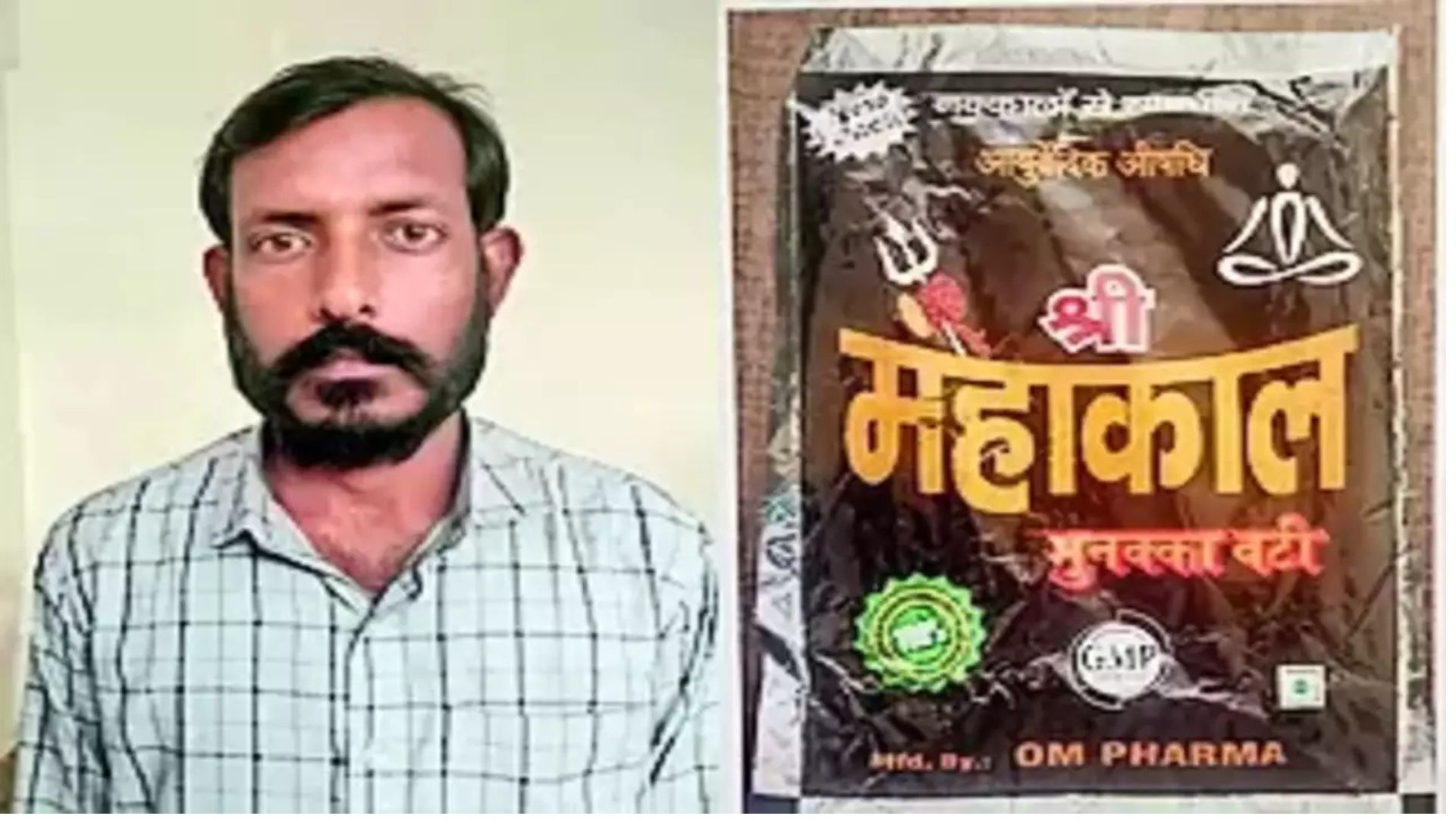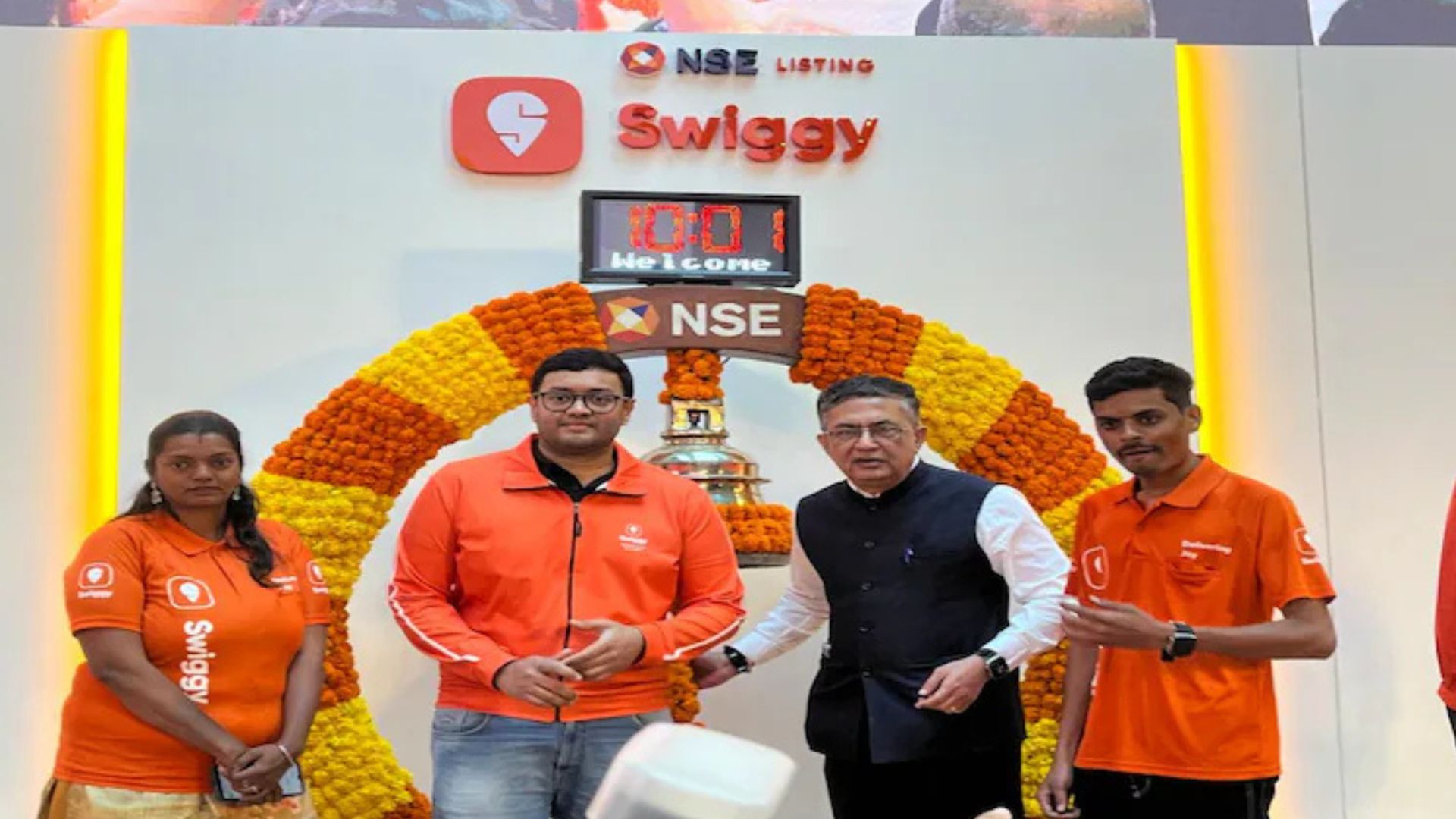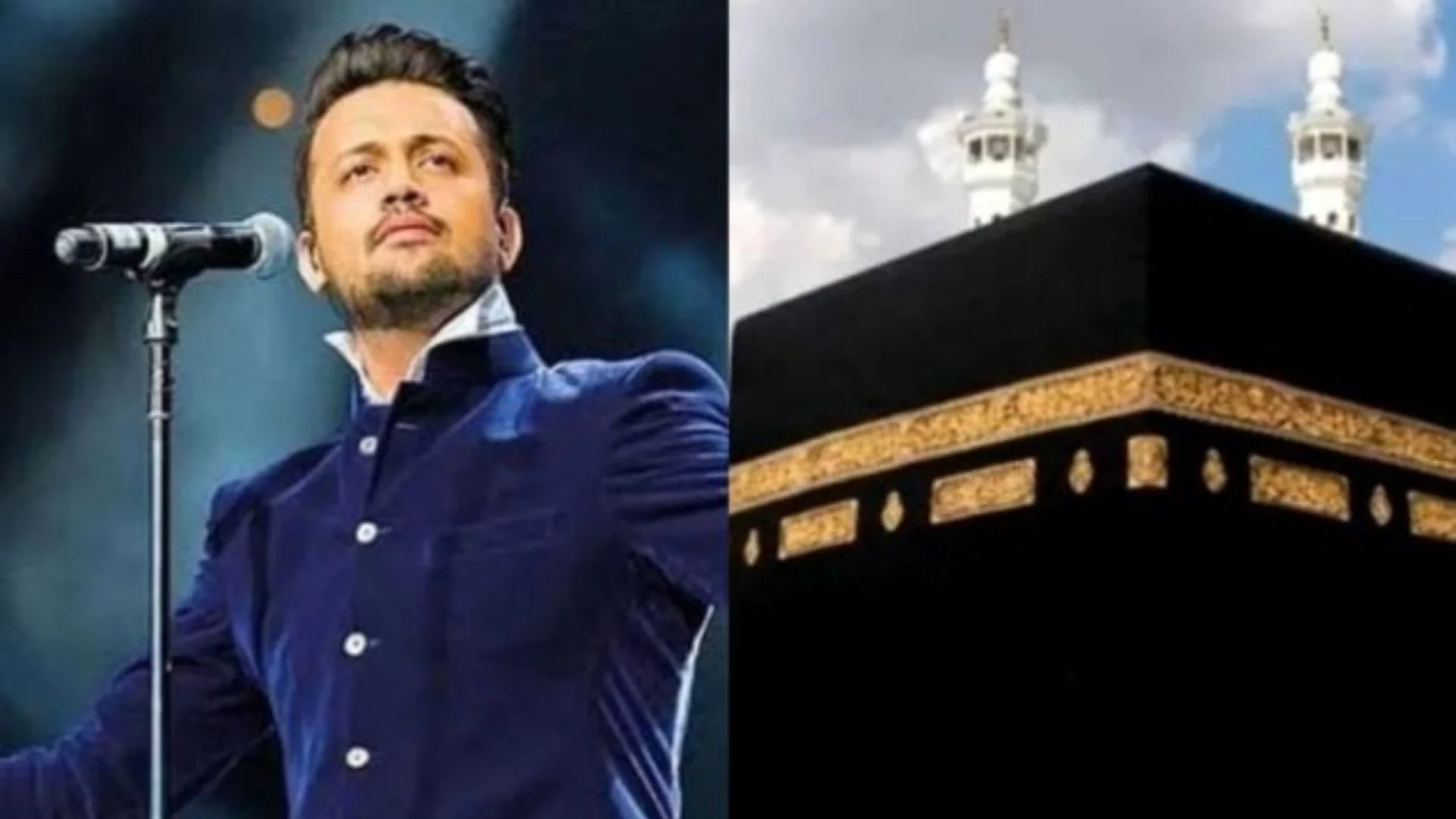
There are many incarnations of God, what makes the Narasimha avatar so special? And why do the followers of His Divine Grace A.C. Bhaktivedanta Swami Prabhupada always sing two songs about Narasimha after every aarti in every one of their temples all over the world?
Well, perhaps the most important reason is that the founder and spiritual master of the worldwide Hare Krishna movement asked them to, and in one sense, that is reason enough. As disciples, they did not get to choose which items of sadhana-bhakti were meant to be performed; rather they were given selected songs and rituals as part of the spiritual master’s instructions.
Very early on, he told them that these two songs are for the protection of the guru and for the protection of the guru’s mission, the movement he started to spread bhakti around the world. And ever since then, his followers sing those songs and worship Narasimha.
The form of Narasimha—the ‘man-lion’ or ‘one with the form of both man and lion’—came once only, and that for a very short time compared to other avatars. Narasimha outwitted Hiranyakashipu, who thought that he had been blessed to never die in each one of a series of eventualities. Thus His appearance shows us that the soul can never outwit God—even when that soul has been blessed to become the most powerful. Power has a distant origin in God Himself, and because God is completely free to do anything He likes, He can also strip a soul of all power too.
The form of Shri Narasimha shows us that even though the form of God may not always meet our expectations (even the gods and angels were bewildered at the sight of Narasimha) still He can come in any form He wishes, whether He conforms to our personal notions of God or not. He is always capable of surprising His dear devotees—and often at the most surprising times.
The timing was everything for the incarnation of Narasimha, since He appeared in the world just when His devotee needed Him the most. Hiranyakashipu had reached the end of his patience after all his attempts to kill his son Prahlada had been thwarted. In desperation, he shouted out to the boy the famous question: “Where is the God who protects you?” to which the lad replied: “He is everywhere, father.” “Is He in this pillar?” “Yes, father.”
In the Bhagavad Gita, Lord Krishna explains the vision of such a great devotee as Prahlada: “For one who sees Me everywhere, and sees everything in Me; I am never lost to Him, and he is never lost to Me.” Krishna is the protector of those who have adjusted their consciousness to that of being protected by Him. And when the same Lord comes as Narasimha, He is coming to fulfil His promise to His devotee who fully expected His protection.
The Vaishnava acaryas have commented that Narasimha is paradoxical, in that He is both the very personification of anger, yet the very emblem of gentleness. They have cited the natural example of the lioness, which can fight a maddened elephant with all the fury of a wild cat, yet the lioness can take a few minutes out in the middle of the battle to suckle her cubs. Therefore, say the saints, no one is as furious as Narasimha, yet there is none so gentle. When Lord Narasimha appears from the stone pillar, one of His eyes is filled with rage, while the other is looking with love towards His devotee Prahlada. The sharp nails on His hands are just like steel chisels, and they dispatch the demon very quickly, but the palms of the same hands are as soft as lotus flowers.
Through coming to save His devotee in this way, the Lord demonstrates that He is saulabhya or accessible, to even a child who loves Him; and by removing the cruel Hiranyakashipu He shows that there can be no obstacles on the path of bhakti for one who truly takes shelter of Him. Thus He is known as Bhakta-pala, the friend of the devotee, and Bhakti-vigna-vinasana, or one who removes all obstacles on the path of devotional service.
He appeared at twilight, neither day nor night, and therefore the Vaishnavas observe fasting up until this time.
“I offer my respectful obeisances unto Lord Narasimha, the source of all power. O my Lord who possesses nails and teeth just like thunderbolts, kindly vanquish our demon-like desires for fruitive activities in this material world. Please appear in our hearts and drive away our ignorance so that by Your mercy we may become fearless in the struggle for existence in this material world. May there be good fortune throughout the universe, and may all envious persons be pacified. May all living entities become calm by practising Bhakti Yoga, for by accepting devotional service they will think of each other’s welfare. Therefore let us all engage in the service of the supreme transcendence, Lord Krishna, and always remain absorbed in thought of Him.” Srimad Bhagavatam 5.18.8-10
The writer is Iskcon, Inc Communication Director and SM IT head.















